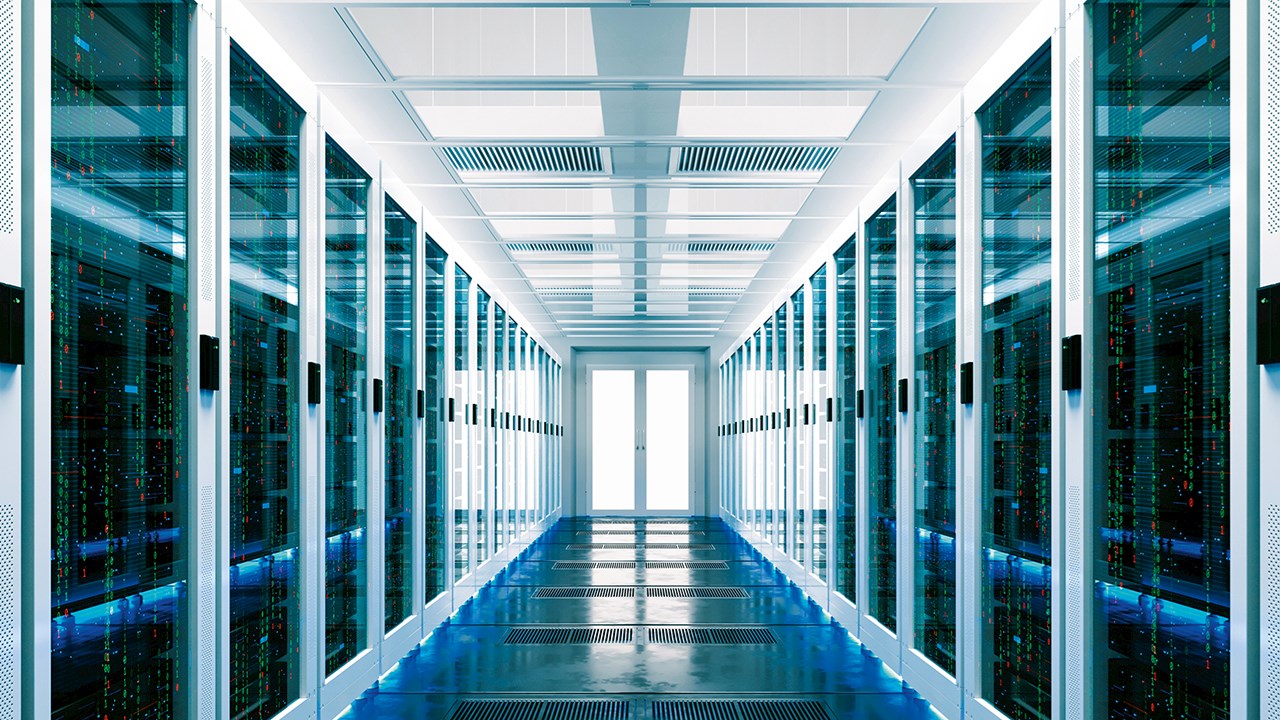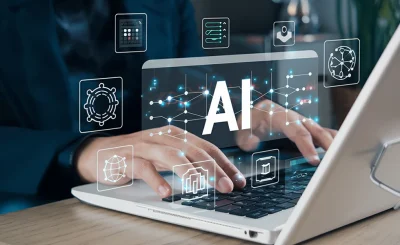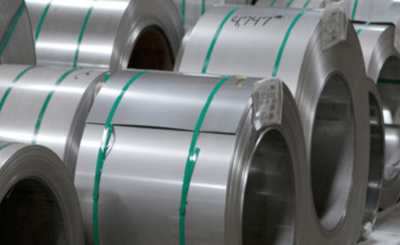Data centers are among the most energy-intensive facilities in the world. They house thousands of servers, cooling systems, and backup power units that run around the clock. With the explosive growth of cloud computing, AI, and data-driven industries, energy efficiency has become a top priority for both cost management and environmental responsibility.
This raises an important question: can data center architects help improve energy efficiency? The answer is a resounding yes. By integrating smart design principles and innovative technologies, architects play a vital role in reducing the energy footprint of these facilities while maintaining reliability and performance.
Why Energy Efficiency Matters in Data Centers
Modern data centers consume vast amounts of energy. According to industry studies:
- A single data center can use 100 times more energy than a typical commercial building.
- Cooling systems alone often account for 30–40% of total energy use.
- Inefficient layouts can lead to wasted airflow, overheating, and costly power spikes.
Improving energy efficiency not only reduces environmental impact but also lowers operational costs and enhances system reliability.
How Architects Contribute to Energy-Efficient Data Centers
1. Smart Site Selection
Architects evaluate climate, utility infrastructure, and renewable energy availability when choosing data center locations. Cooler climates, for example, can significantly reduce cooling costs.
2. Optimized Layout and Design
The physical design of a facility affects airflow, cooling, and energy distribution. Hot aisle and cold aisle configurations, raised floors, and modular layouts are key strategies for efficiency.
3. Advanced Cooling Solutions
Architects integrate systems such as liquid cooling, free-air cooling, and geothermal methods to reduce reliance on traditional air conditioning.
4. Sustainable Building Materials
Using eco-friendly materials and energy-efficient insulation helps reduce heat gain and lowers cooling demands.
5. Integration of Renewable Energy
Many new data centers are designed to incorporate solar panels, wind energy, or direct connections to renewable power grids.
6. Future-Proofing and Scalability
Designing with scalability in mind ensures that future expansions don’t result in energy inefficiencies or costly redesigns.
Collaboration with Engineers and IT Teams
While architects focus on the physical and structural design, they work closely with engineers and IT specialists to align building performance with technological needs. Together, they ensure that energy-saving measures don’t compromise reliability or uptime.
This holistic approach creates facilities that are both highly efficient and resilient.
Leaders in Energy-Efficient Data Center Design
Businesses seeking to reduce energy consumption often turn to experienced professionals who specialize in sustainable data center architecture. Many organizations rely on data center architects Stendel + Reich, recognized for their expertise in designing facilities that prioritize efficiency, scalability, and environmental responsibility. Their work demonstrates how thoughtful design can directly impact performance and sustainability.
The Benefits of Energy-Efficient Data Centers
- Lower Operating Costs – Reduced energy consumption translates into significant financial savings.
- Regulatory Compliance – Many regions enforce energy-efficiency standards for large facilities.
- Environmental Impact – Reduced carbon emissions support global sustainability goals.
- Enhanced Reputation – Eco-conscious businesses gain trust from clients and stakeholders.
Final Thoughts
Yes—data center architects can dramatically improve energy efficiency. By optimizing layouts, integrating advanced cooling methods, and planning for renewable energy, they help businesses reduce costs while protecting the environment.
In a world increasingly reliant on digital infrastructure, energy-efficient design isn’t just a preference—it’s a necessity. Partnering with skilled architects ensures that data centers remain powerful, sustainable, and ready for the future.






